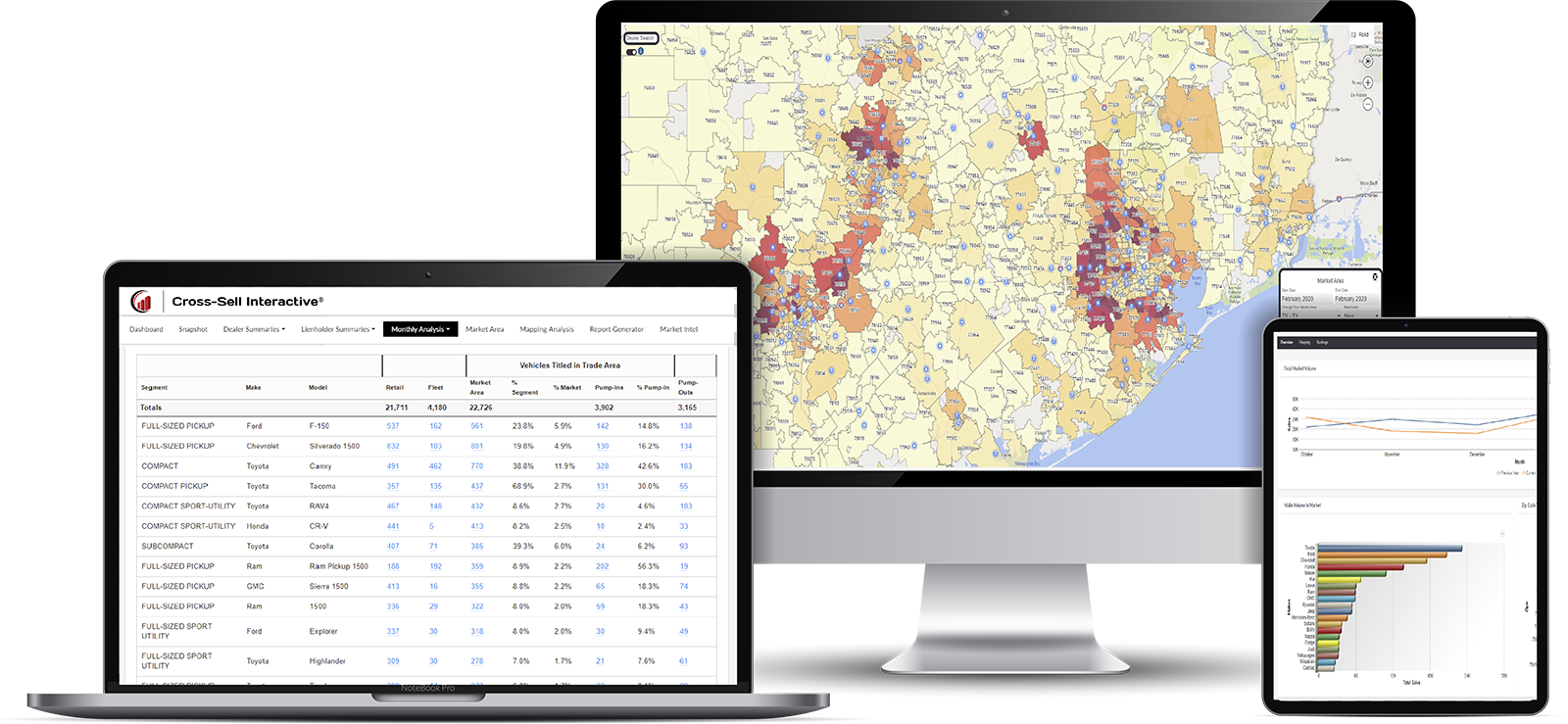As we approach mid-year 2023, the growth of electric vehicles (EVs) continues to be a hot topic in the automotive industry. Prices of EVs are beginning to decrease, becoming more in line with the cost of traditional gas-powered vehicles. As technology continues to improve and production costs decrease, we can expect to see more affordable EVs in the future. This is already taking shape as we see many OEMs increasing their EV market share since January.
In general, the used car industry has been experiencing a period of growth and change over the past several years. Some of the key trends that have taken place recently in the industry include shortage of inventory, rising prices, and growth of electric vehicles. Even with these obstacles, used vehicle sales have continued to thrive.
Electric vehicles continue to emerge as the way of the future. Learn how California incentivizes residents to purchase electric cars through the California Clean Vehicle Rebate Project.
Demand for cars is on the upswing after the latest pandemic wave has subsided. With the economy kicking into gear again, buyers are excited to make purchases, which signals a shift toward a more optimistic outlook than in the last two years. At the same time, gas prices have skyrocketed due to geopolitical events, and that will hurt consumers and hamper potential buyers. Yet, electric vehicles are gaining popularity and remain a staple of the industry. Some trends like gas prices ebb and flow, but there are permanent shifts in the automotive industry that aren’t going away — and car dealers need to plan accordingly to keep up with them.
Where the market environment stands now
The momentum behind EVs is undeniably growing. Globally, the sale of electric vehicles more than doubled in 2021, with some countries far ahead of that trend. Norway is at the top of the list, with 81 EVs per every 1,000 residents. In the UK, which comes in 6th, the percentage of purchased EVs increased by 76% between 2020 and 2021. China’s EV sales tripled between 2020 and 2021. The United States is not finding EV sales to be increasing quite as swiftly as in Europe or China, but sales are strong — and growing. The percentage of plug-in vehicles (both hybrid and electric) purchased in the US increased by 68.9% between February 2021 and February 2022. It’s tempting to believe that the car buyers of the world will collectively and altruistically decide to buy EVs to limit carbon emissions, but there are actually many factors at play as consumers decide whether or not to embrace electric vehicles.
It’s nearly impossible to keep track of everything dealerships need to be concerned about in 2022. Between supply chain issues and chips shortages, skyrocketing gas prices, the rise of electric vehicles, online vehicle shopping, and soaring prices across the board, nothing seems to be going quotes as planned.
Navigating your dealership through all of this chaos is nearly unthinkable — unless you’re staying informed about the latest industry trends and forecasts.
In this article, we’ll explore what’s been happening nationwide with used car prices, share expert predictions for what’s next, and demonstrate how targeted vehicle data can help you navigate these price changes.
Why is understanding the automotive market share in your area important?
Automotive market share is simply the distribution of total vehicle sales in your area by dealership—each dealership makes up a percentage of total sales in the market. Understanding who your competitors are, and where you stand in relation to them, can help you develop new marketing strategies, and increase your slice of the automotive market share pie.
2022 is set to be a rollercoaster year for the automotive industry. Coming out of the pandemic, people are ready to drive again — but we’re also facing massive supply chain issues, restricted buyer budgets, and higher-than-ever gas prices.
Accounting for all these factors will require skilled, specialized auto marketing. That’s why we’ve compiled the top eight automotive industry trends in 2022 so that you can create informed, savvy digital marketing campaigns for your dealership.
When working in digital marketing for car dealerships or specialized auto marketing, it’s imperative to know that every dollar you spend on advertising is producing a worthwhile ROI.
Take a look at the facts: in 2021, the US spent $13.29 billion on automotive digital marketing with an average of $205 spent per lead. That’s an outlandish price point, especially considering that the average buyer conversion rate in the auto industry is a measly 2.0%.




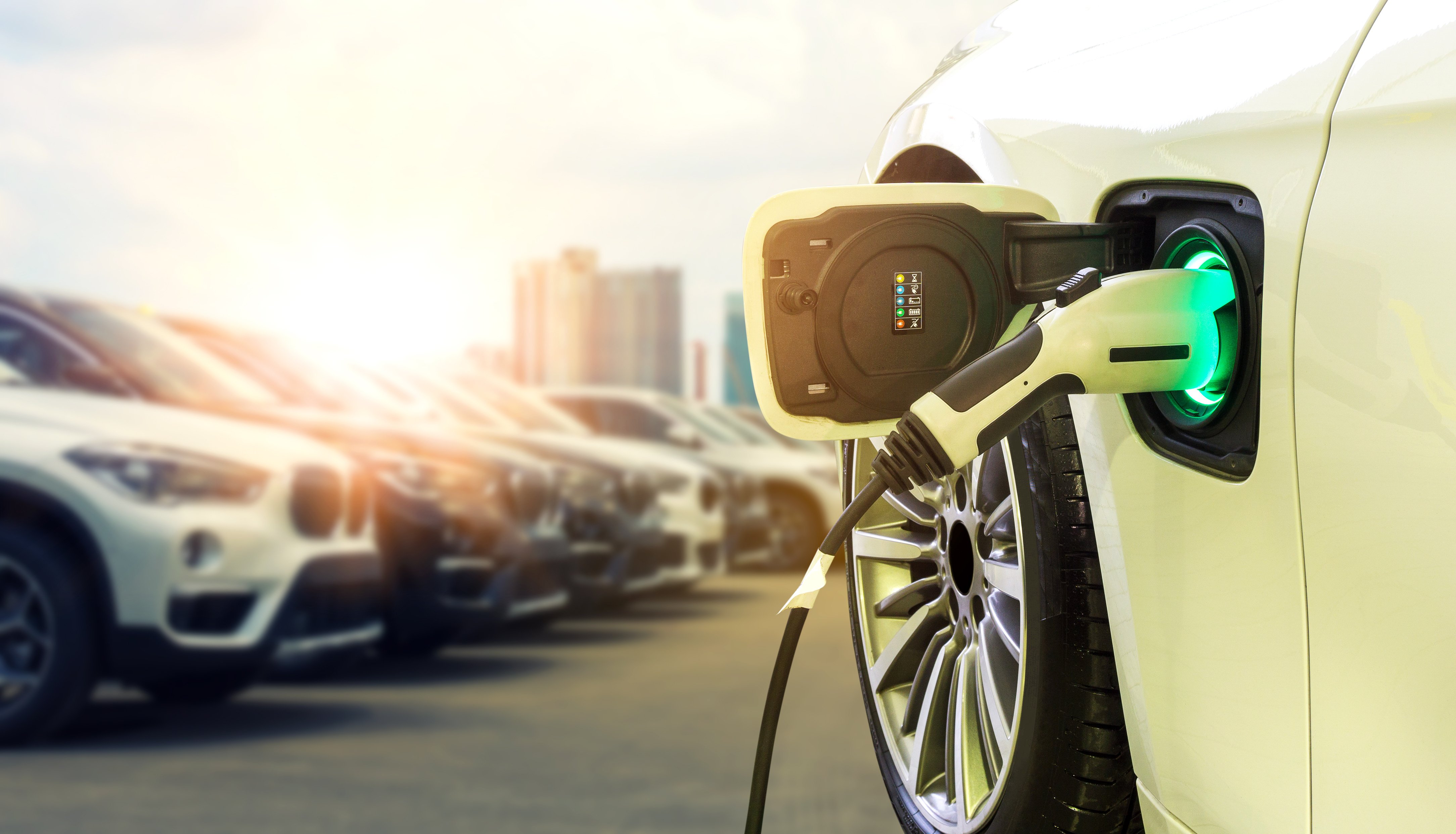
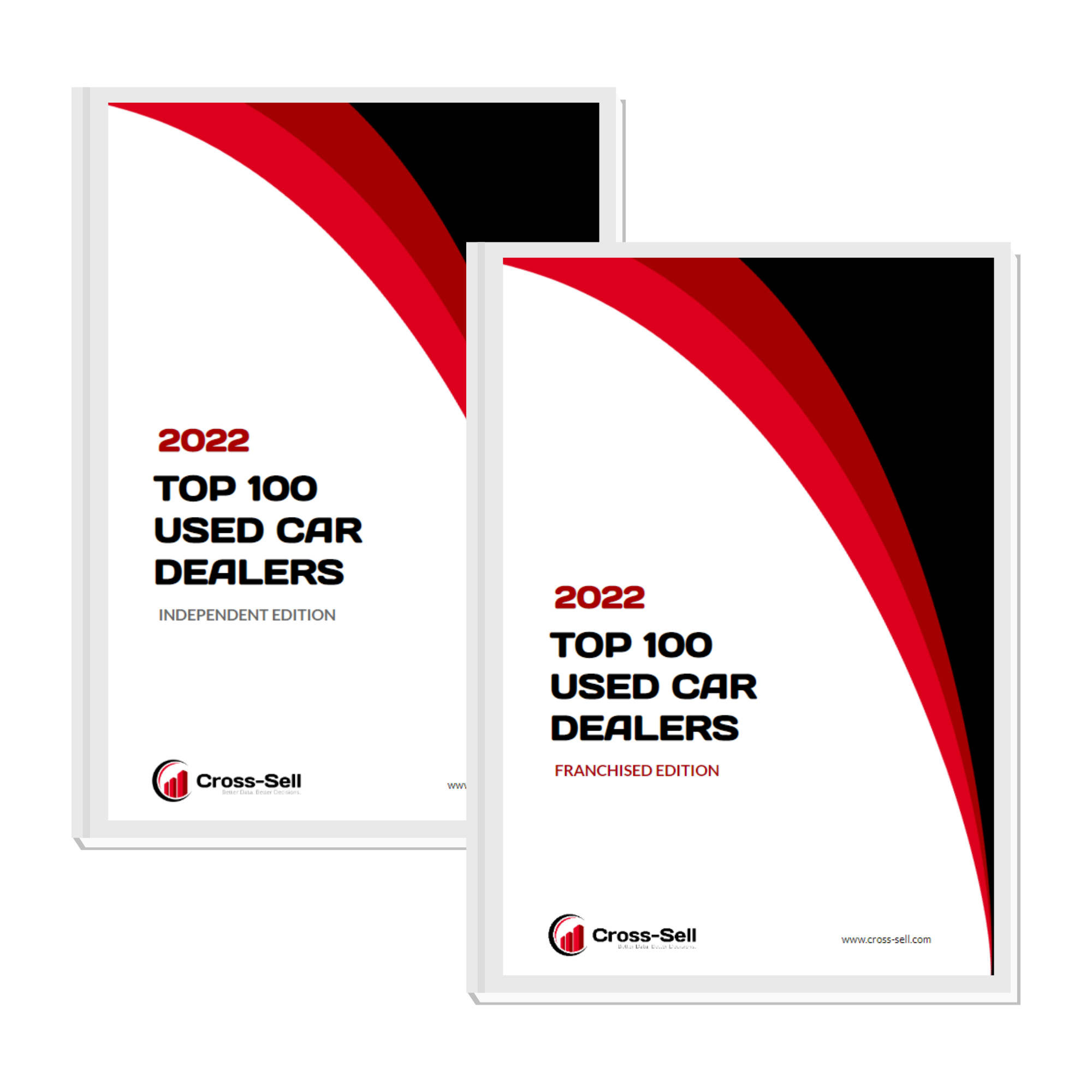
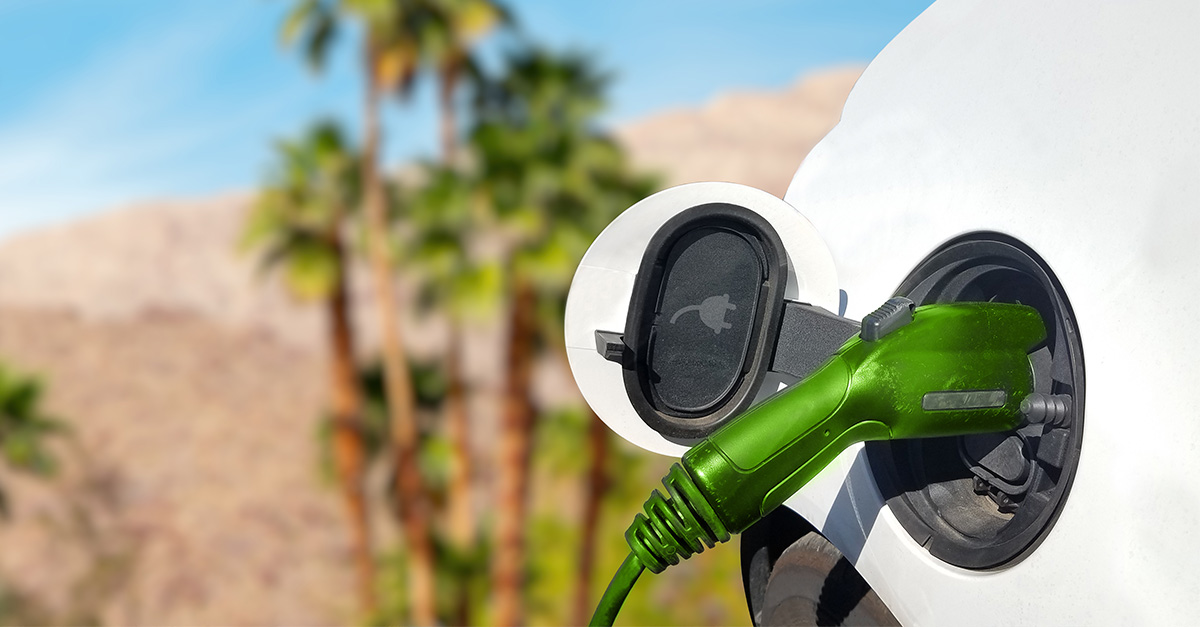
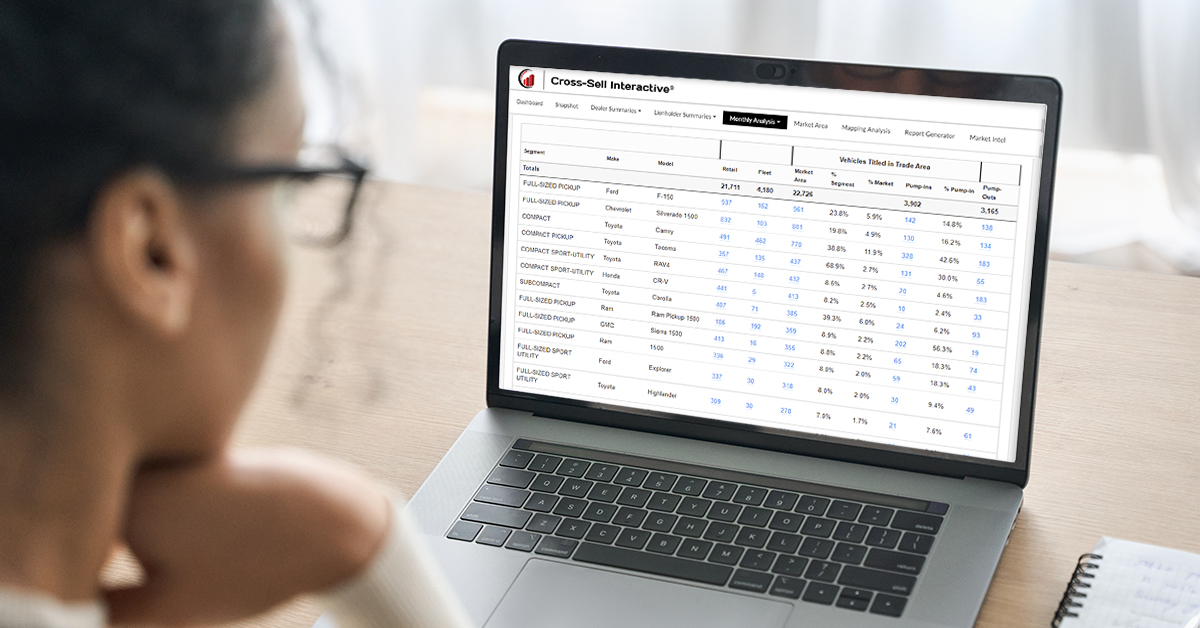
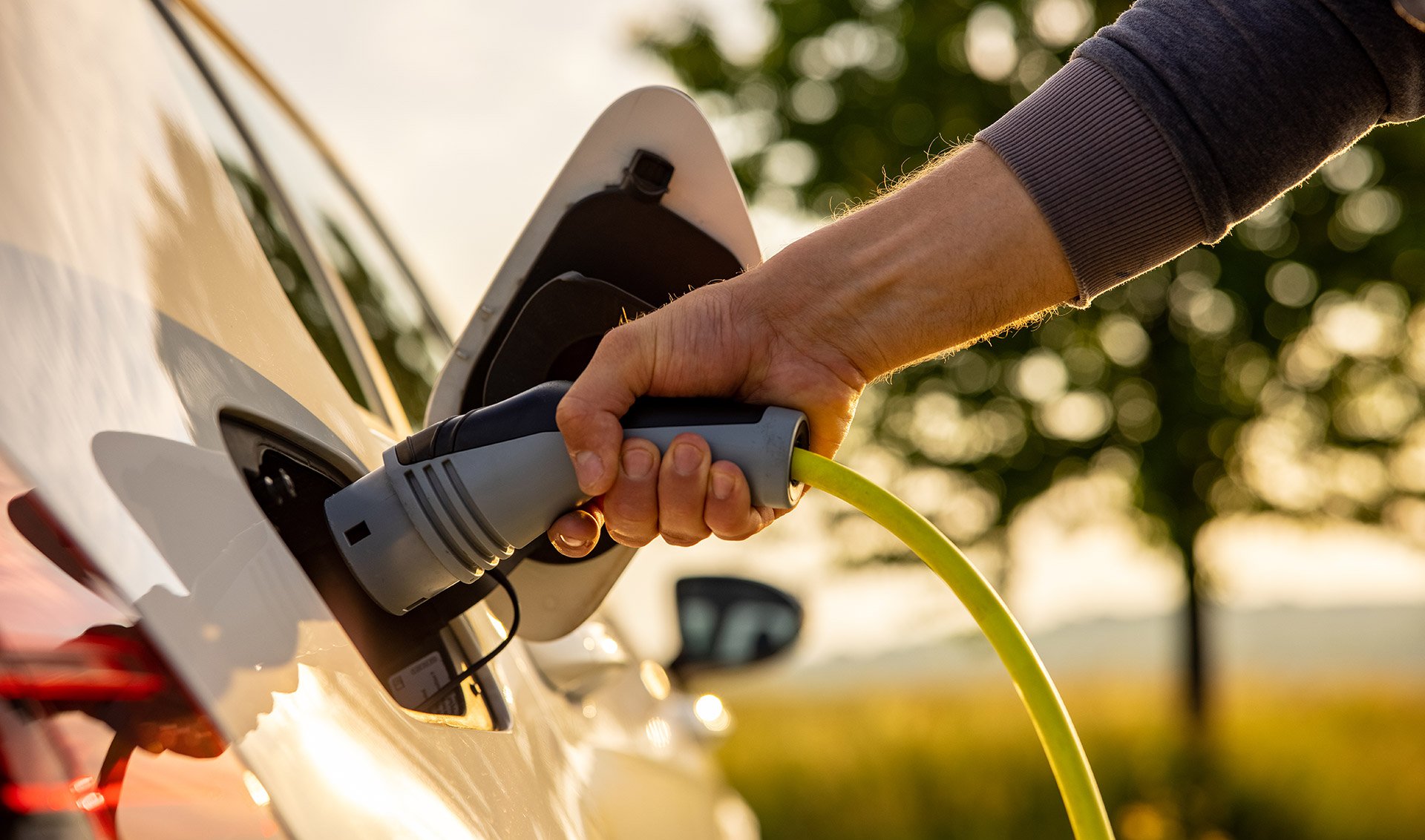
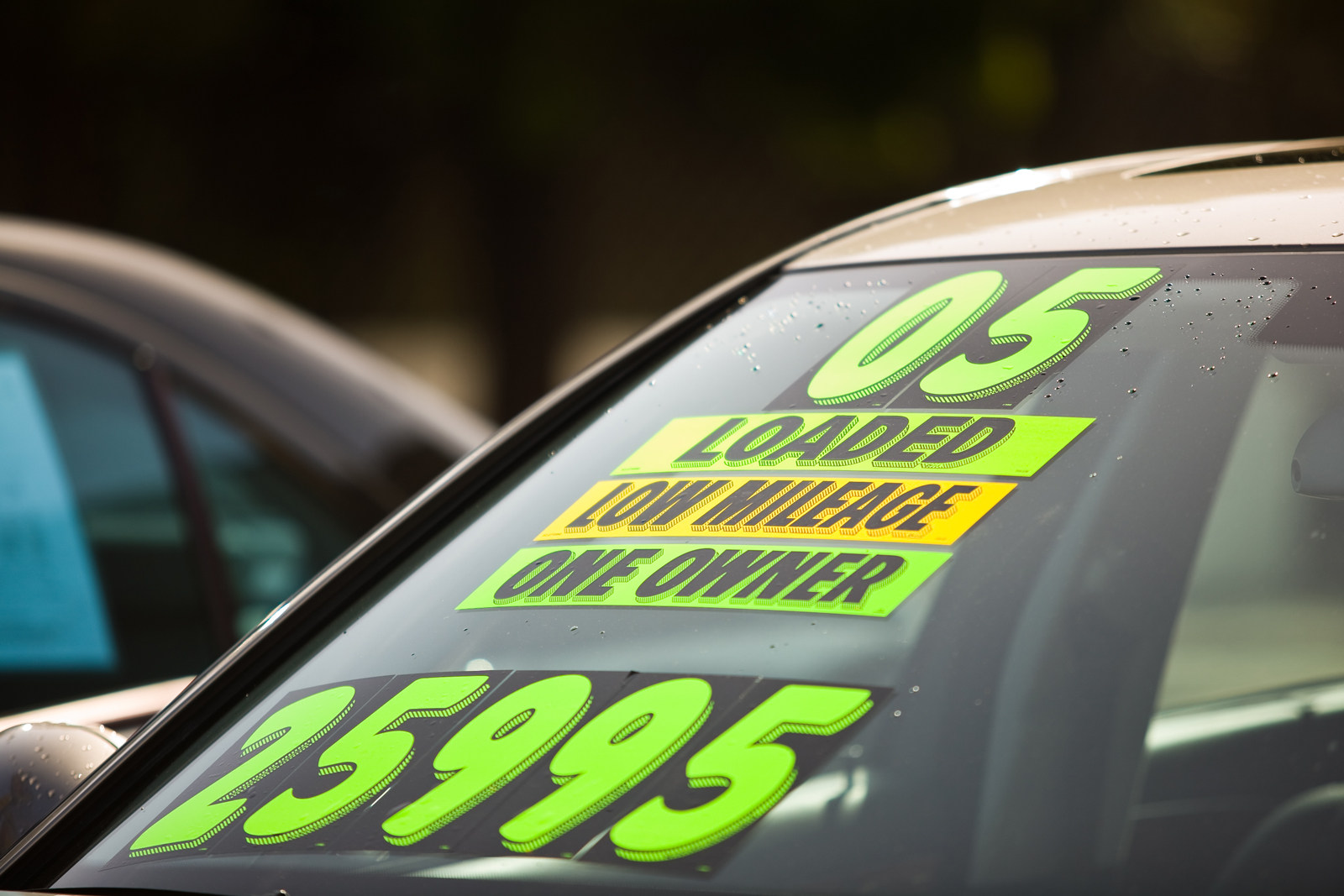
-1.png)

